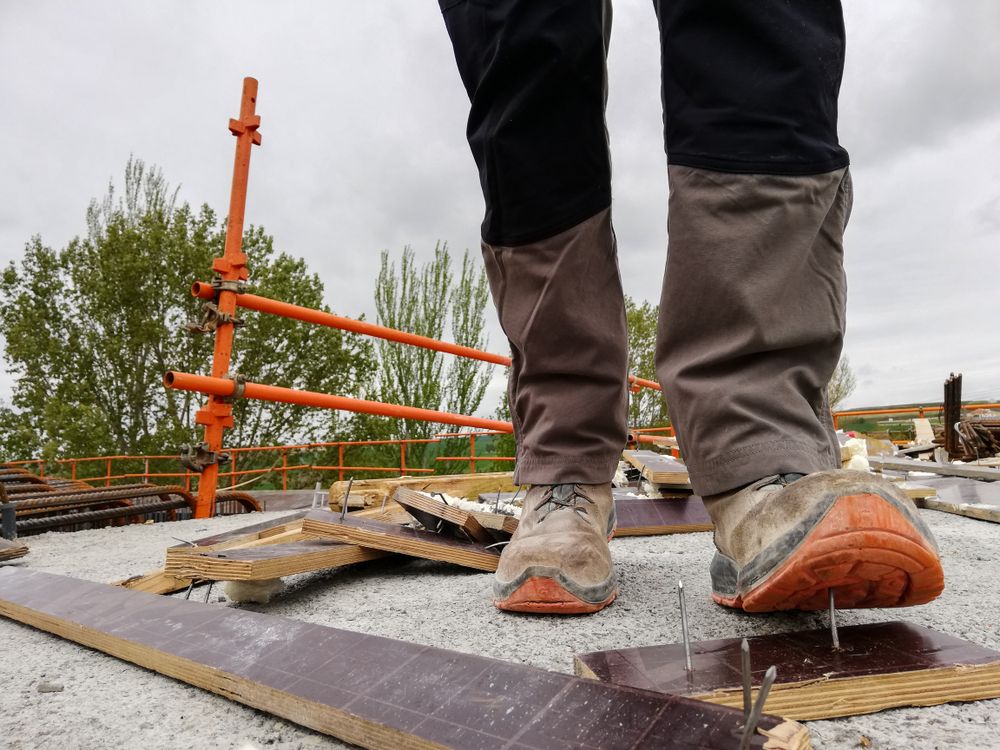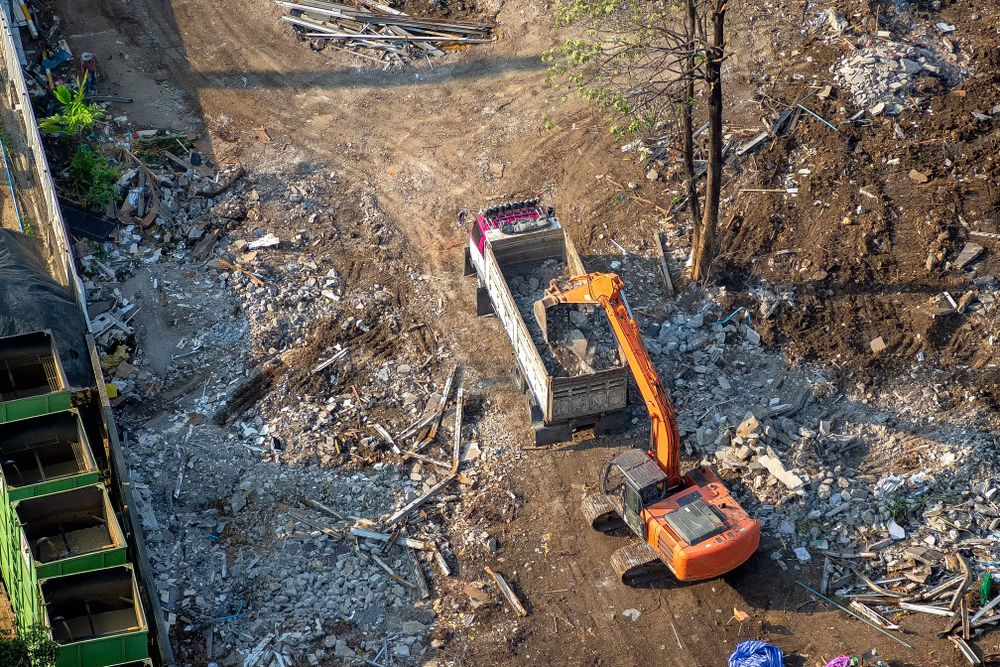
What Types of Hazards Are in Your Workplace?

Proper workplace risk assessment includes workplace hazard identification as one of its main components.
Without proper hazard identification, a flurry of injuries could ensue in your workplace.
Most hazards around workplaces in Canada may be unique and difficult to spot. Such difficulty could make it more challenging for employers to protect staff.
With the information in this piece, it will become easier to spot hazards around your workplace. Spotting these threats to workplace safety makes a boost in productivity more likely.
Common Workplace Hazards
Biological hazards
 Biohazards around your workplace include viruses, insects, body fluids, etc. are capable of causing harm to your staff and clients.
Biohazards around your workplace include viruses, insects, body fluids, etc. are capable of causing harm to your staff and clients.
These hazards are mostly common in laboratories and medical research and practice centres.
Ergonomic hazards
Hazards from ergonomic designs could result from poor workstation setup, machinery design, and more.
Office spaces and outdoor workplaces could have many ergonomic hazards for workers to navigate.
Physical hazards
These are environmental threats capable of causing harm to an employee.
Wet floors, improper lighting, noise pollution, extreme weather, and more are kinds of physical hazards.
Psychosocial hazards
 Hazards of a psychosocial nature could be difficult to identify.
Hazards of a psychosocial nature could be difficult to identify.
These hazards usually affect an employee’s mental health, making it harder to spot.
Hazards such as excessive workload, exploitation, harassment, etc. are forms of psychosocial threats.
Safety hazards
Falling debris, fires, live electrical wires, etc. are safety hazards capable of hampering your firm’s productivity.
Chemical hazards
Fumes, gases, harmful liquids are some of the most common chemical hazards.
These hazards usually occur in the manufacturing and construction industries.
Also, medical research facilities could be prone to chemical hazards.
How to Safely Manage Workplace Hazards
Carry out risk assessments
 As mentioned above, hazards could be specific to your industry.
As mentioned above, hazards could be specific to your industry.
Consider enlisting the services of a workplace safety professional to assess hazards around your workplace.
After identifying hazards in your workplace, the next step involves assessing these potential threats to employee and client safety.
Initiate control measures
After assessing the risk of inherent hazards at your workplace, the next step is to introduce measures to reduce injuries.
Control measures could be in the form of signs, restrictions, etc.
Engage your employees in safety training
Training your employees on best health and safety practices helps in preventing injuries from hazards.
Specific hazards require special training to help employees navigate unsafe conditions unscathed.
Contact ACT to Recognize and Evade Workplace Hazards
Employee and client safety should be your focus when identifying hazards around your workplace. Without protecting your employees and clients, major losses could lead to adverse health and safety issues.
Limit the risk of these hazards causing problems in your workplace, and your resources and turnover will not diminish.
To get a complete walkthrough on workplace hazards, contact Advanced Consulting and Training Ltd. today. Our expert team is always on hand to deliver professional solutions for better workplace safety.




